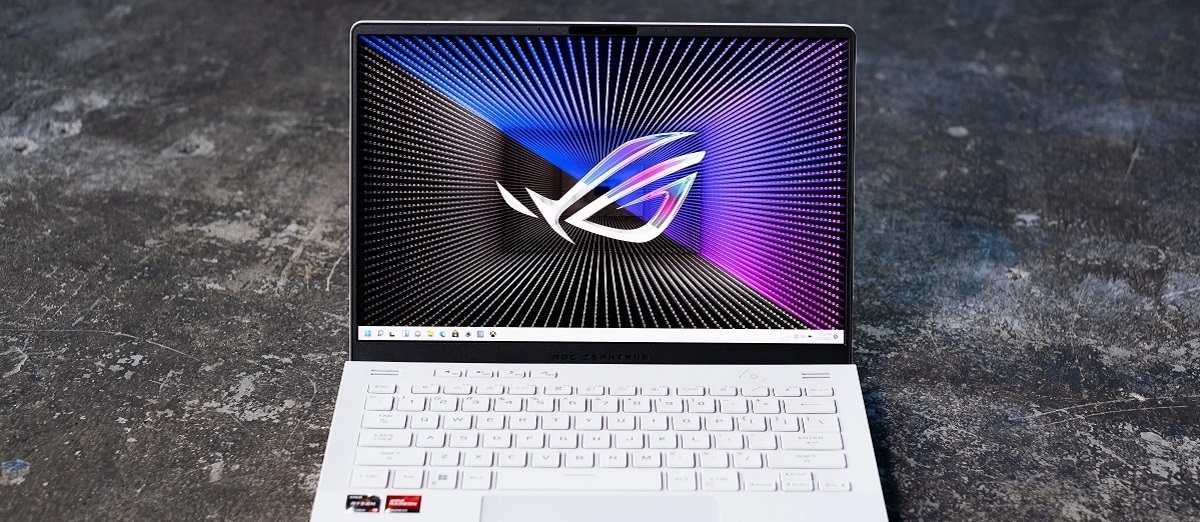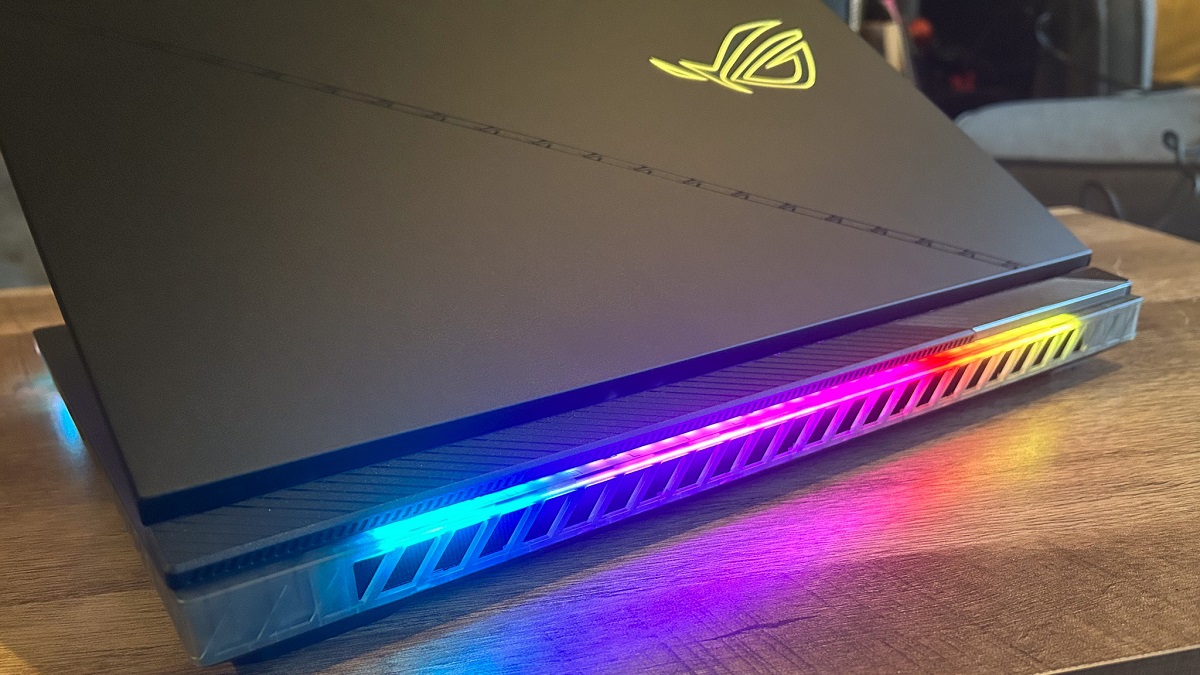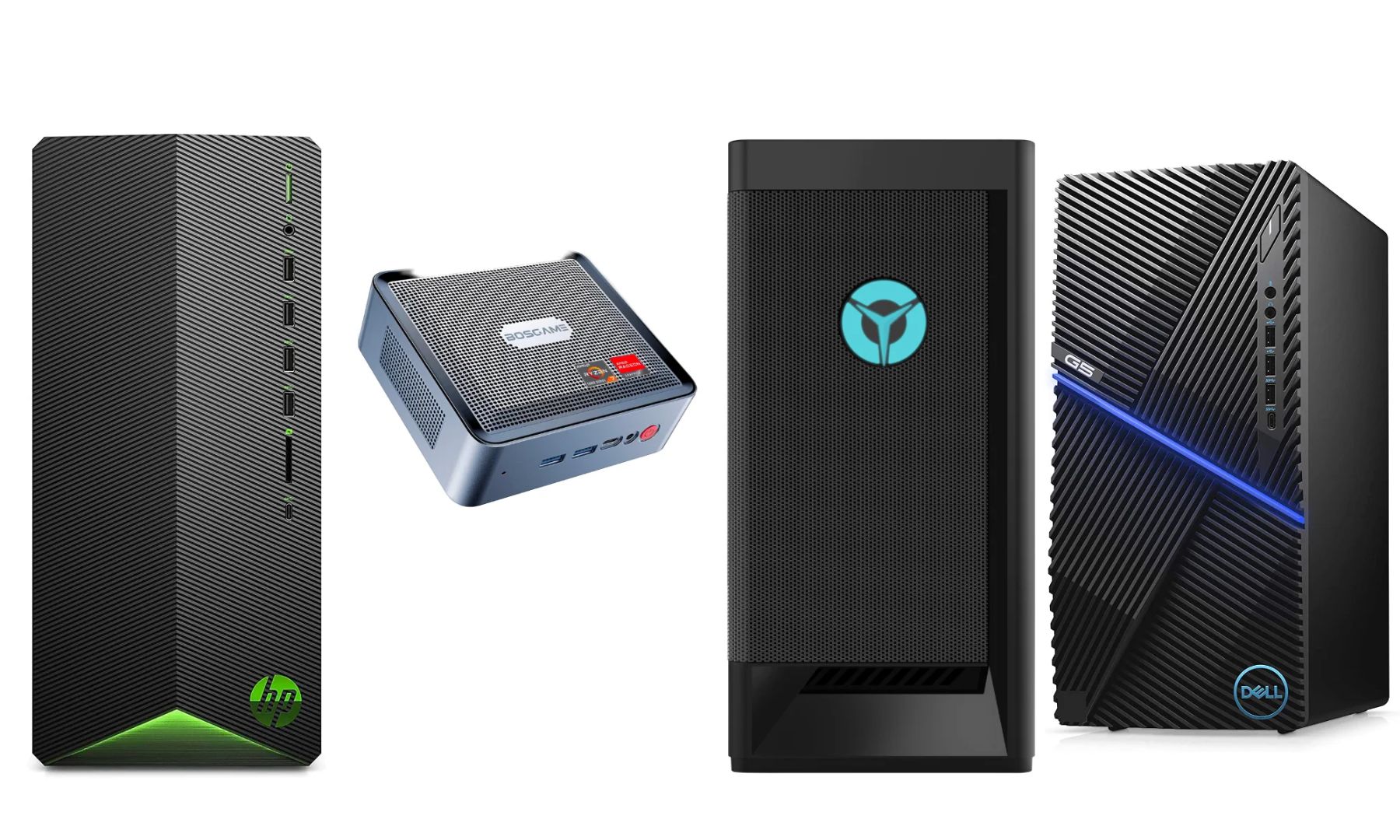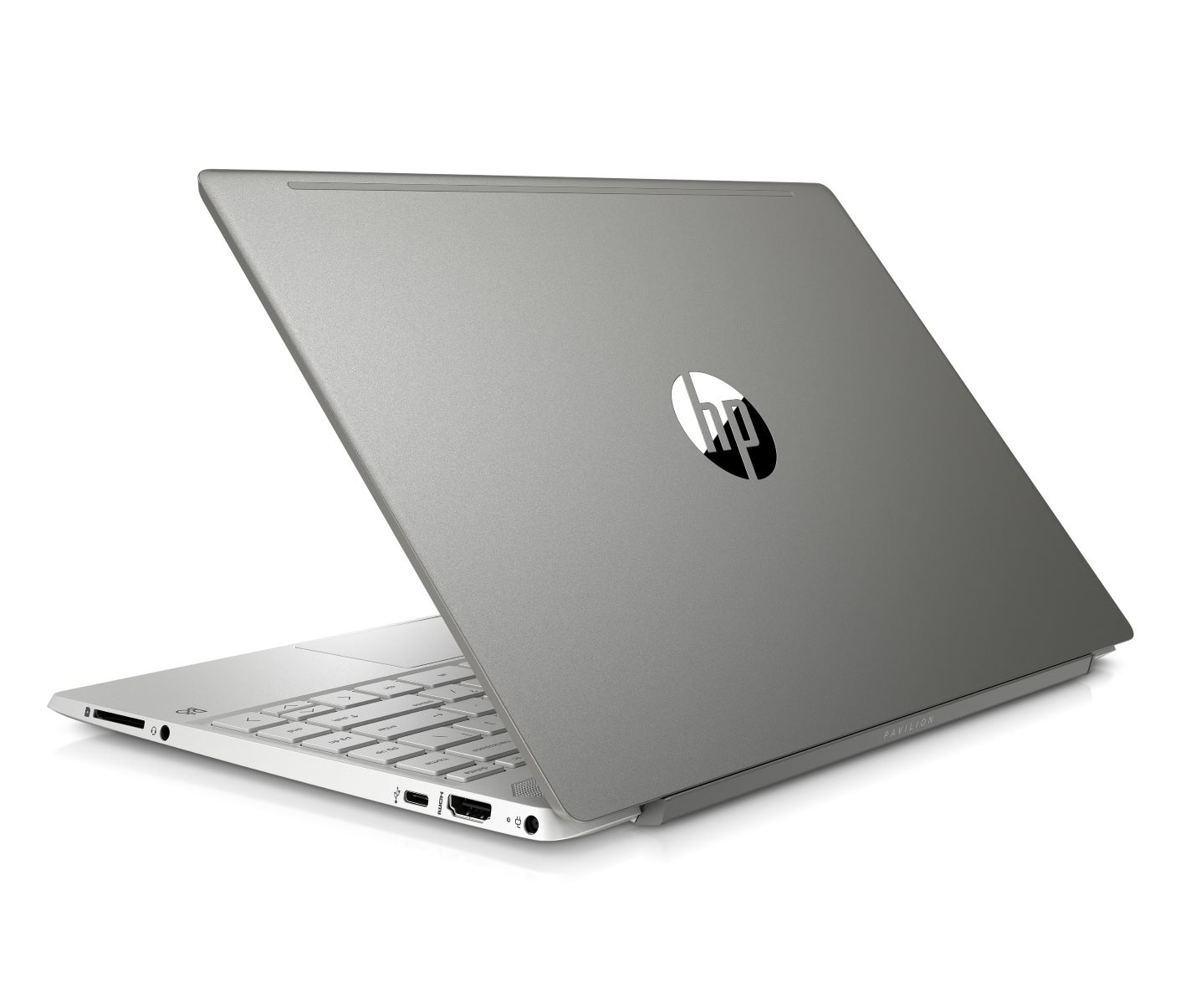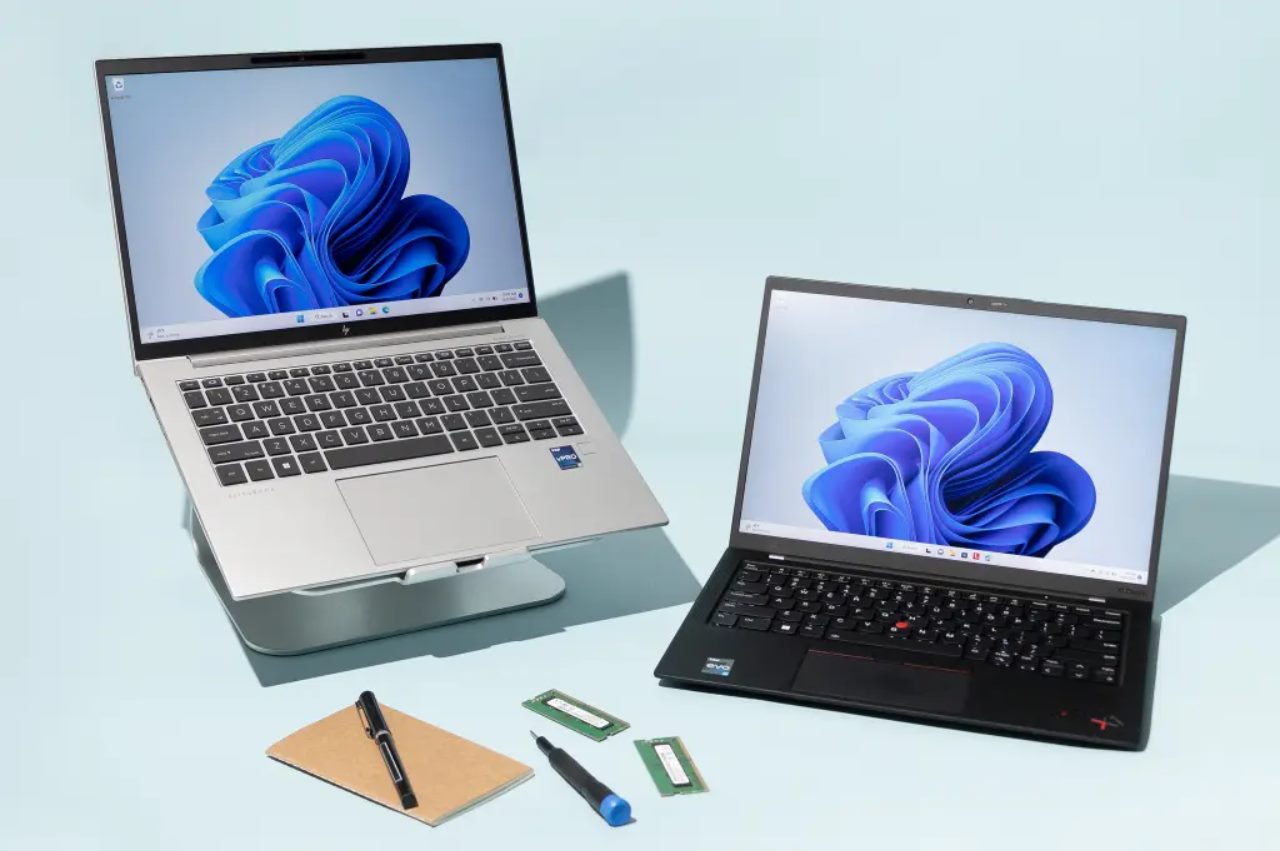Minimum System Requirements for Windows 11
Windows 11 is the latest operating system released by Microsoft, offering new features and enhanced performance. However, to ensure a smooth experience, it’s important to make sure your system meets the minimum requirements. Here are the key requirements you need to keep in mind:
- Processor: Windows 11 requires a 1 GHz or faster processor with at least 2 or more cores on a compatible 64-bit processor.
- RAM: You will need a minimum of 4 GB of RAM for the 64-bit version of Windows 11.
- Storage: Windows 11 requires a minimum of 64 GB of storage.
- Graphics Card: The system should have a DirectX 12 compatible graphics card or integrated GPU that supports a WDDM 2.0 driver.
- Display: Your device should have a minimum display resolution of 720p, with a diagonal screen size of at least 9 inches.
- Internet Connectivity: A stable internet connection is required to download and install updates and to take full advantage of certain features.
- System Firmware: The device should support UEFI firmware with Secure Boot capability.
Meeting these minimum system requirements ensures that your computer can handle the demands of Windows 11 and provides a stable, optimized experience. However, it is worth noting that these are just the minimum requirements, and for an optimal experience, it is recommended to have higher specifications, such as a faster processor, more RAM, and ample storage space.
Windows 11 File Size
One question that often arises when considering upgrading to a new operating system is the file size. How much space does Windows 11 take up on your device? The answer may vary depending on several factors.
The size of the Windows 11 installation files can range from approximately 10 to 15 GB. However, it’s important to note that this initial file size is only for the installation files and does not include additional updates and software that may be installed during the setup process.
Once installed, the actual size of Windows 11 on your device will depend on various factors such as the edition you choose (Home, Pro, or Enterprise), installed applications, and system settings. On average, the size of the Windows 11 operating system can be around 20 to 30 GB, but it can consume more space depending on your usage and customization.
It’s also worth mentioning that Windows 11 includes a feature called “Windows Update Delivery Optimization” which enables the system to download updates from other PCs on your local network or the internet. While this can help save bandwidth, it can also temporarily increase the storage usage on your device as the update files are downloaded and installed.
It’s essential to ensure that you have sufficient free space on your device to accommodate Windows 11 and any future updates. Microsoft recommends having at least 64 GB of storage space to install and run the operating system smoothly. If you have a device with limited storage, it may be necessary to free up some space by removing unnecessary files or programs to make room for Windows 11.
Keep in mind that the file size of Windows 11 can vary over time as Microsoft releases updates and new features. It is advisable to regularly check for and install these updates to ensure you are running the latest version of Windows 11 and to benefit from bug fixes, security patches, and performance improvements.
How to Check the Size of Your Windows 11
If you’re curious about how much space Windows 11 is currently occupying on your device, there are a few simple methods to check its size. Here are three ways to determine the size of your Windows 11 installation:
- Using File Explorer: Open File Explorer on your Windows 11 device and navigate to the C: drive or the drive where Windows is installed. Right-click on the “Windows” folder and select “Properties.” A window will appear displaying the folder size, including the size of the files and subfolders within it. This will give you an idea of the current space occupied by the Windows 11 operating system.
- Using Settings: Open the Windows Settings by pressing “Windows Key + I” on your keyboard, and then click on “System.” In the left sidebar, click on “Storage,” and on the right side, under “Local Disk (C:),” you’ll see a breakdown of the storage usage on your device. Scroll down and click on “System & reserved.” Here, you’ll find the size of the “Windows” folder, giving you an estimate of the space taken up by Windows 11.
- Using a Third-Party Software: There are various third-party software applications available that can provide you with detailed information about your system’s storage usage. Programs like WinDirStat, TreeSize, and SpaceSniffer can scan your device’s storage and generate visual representations of the space occupied by different files and folders, including the size of the Windows 11 installation.
By using one of these methods, you can easily determine the size of your Windows 11 installation and have a better understanding of how much space it is occupying on your device. This information can be valuable if you’re running out of storage or planning to install additional applications or files on your computer.
Factors Affecting Windows 11 Size
Several factors can influence the overall size of the Windows 11 installation on your device. Understanding these factors can help you manage your storage space effectively. Here are some key factors that can affect the size of Windows 11:
- Edition and Language: The edition and language you choose during the installation process can impact the size of the Windows 11 installation. Different editions may come with additional features and pre-installed applications, leading to a larger file size.
- Updates and Service Packs: Over time, Microsoft releases updates and service packs to enhance the performance and security of Windows 11. These updates are cumulative and can increase the overall size of the operating system as they include previous updates and improvements.
- Default Apps and Features: Windows 11 comes with a set of default apps and features pre-installed. These apps and features can vary depending on the edition and can contribute to the overall size of the installation.
- Additional Software and Drivers: When setting up Windows 11, you may choose to install additional software or drivers for specific devices. These installations can add to the overall size of the operating system.
- System Restore and Recovery: Windows 11 includes built-in system restore and recovery options that allow you to revert your system to a previous state or recover from a system failure. These features require allocated disk space, which can slightly increase the size of the installation.
- User Data and Files: As you use Windows 11, your user files, documents, and other data will accumulate. While these files do not directly contribute to the size of the operating system, they can impact the overall storage usage on your device.
It’s important to note that while certain factors may increase the size of the Windows 11 installation, they also deliver enhanced functionality and features. Microsoft strives to optimize the operating system and minimize its size whenever possible.
To effectively manage the size of Windows 11, you can periodically review and uninstall any unnecessary applications, update your system regularly, and clean up temporary files and other unnecessary data using tools like Disk Cleanup. These actions can help free up space and ensure that your device remains efficient and responsive.
Ways to Make Windows 11 Use Less Space
If you’re looking to optimize the storage space on your device, there are several ways to make Windows 11 use less space. Here are some effective strategies to consider:
- Remove Unnecessary Apps and Features: Go through your list of installed apps and remove any that you no longer use or need. You can do this by going to the “Apps & features” section in the Windows Settings. Additionally, you can also uninstall optional Windows features that you don’t require.
- Use Storage Sense: Windows 11 includes a feature called Storage Sense that automatically clears temporary files and other unnecessary data. You can enable Storage Sense by going to the “System” section in the Windows Settings, clicking on “Storage,” and toggling on the Storage Sense option.
- Optimize OneDrive Storage: If you’re using OneDrive to store files and documents, you can choose to sync only specific folders instead of syncing everything. This can help save space on your local device while still having your files accessible through the cloud.
- Disable Hibernation: Hibernation creates a file on your disk equal to the amount of RAM you have installed, which can take up a significant amount of space. If you don’t frequently use the hibernation feature, you can disable it to free up storage. You can disable hibernation by opening the Command Prompt as an administrator and entering the command “powercfg /hibernate off”.
- Clear System Restore Points: System restore points can take up a considerable amount of space over time. You can free up space by adjusting the maximum disk space used for system restore or deleting older restore points. To manage system restore points, search for “Create a restore point” in the taskbar search, click on it, and then click on “Configure” to adjust the settings.
- Use CompactOS: Windows 11 includes a feature called CompactOS, which compresses system files to save disk space. You can enable CompactOS by opening the Command Prompt as an administrator and entering the command “compact.exe /CompactOS:always”.
By implementing these strategies, you can effectively reduce the space used by Windows 11 and free up storage for other files and applications. Regularly maintaining your device’s storage ensures optimal performance and a clutter-free environment.
Clarifying the Confusion Surrounding Windows 11’s Size
There has been some confusion and speculation surrounding the size of Windows 11 since its release. It’s important to clarify a few points to better understand the size of Windows 11 and address any misconceptions:
Initial Installation Size vs. Usage Size: The size of Windows 11 during the installation process can range from 10 to 15 GB. This size includes the necessary files to set up the operating system. However, the actual size of Windows 11 on your device may be larger as updates, additional software, and user data accumulate. It’s essential to consider both the initial installation size and the space required for ongoing usage.
Variances in File Size: The size of Windows 11 can vary from device to device and depending on the edition and language you choose during installation. Different editions and languages may have additional features or pre-installed applications, resulting in a larger installation size. It’s crucial to understand that these variances exist and can contribute to differences in reported file sizes.
Updates and Storage Allocation: Windows 11 receives regular updates from Microsoft to improve performance, introduce new features, and address security vulnerabilities. These updates can increase the overall size of the operating system as they include previous updates and improvements. Additionally, Windows 11 allocates storage for system restore points, virtual memory, and other system-related functions, which can impact the reported size of Windows 11.
User Data and Installed Apps: The overall size of Windows 11 is influenced not only by the operating system files but also by user data and installed applications. As you use Windows 11 and store files, documents, and media, the storage usage will increase accordingly. Similarly, when you install additional applications and software, they contribute to the overall storage requirements of Windows 11.
Optimization and Storage Management: While the size of Windows 11 is important, it’s equally essential to focus on optimizing storage utilization and managing space efficiently. Windows 11 includes built-in tools such as Storage Sense and Disk Cleanup that help remove unnecessary files and manage storage effectively. Regularly reviewing installed applications, cleaning up temporary files, and utilizing cloud storage options can further optimize your device’s storage space.
By clarifying these points, it becomes evident that the size of Windows 11 is influenced by various factors and can vary from device to device. Understanding these factors and implementing appropriate storage management techniques can help ensure that Windows 11 utilizes space efficiently and provides a seamless user experience.
Conclusion
Windows 11, the latest operating system from Microsoft, offers exciting new features and enhancements. Understanding the minimum system requirements is essential to ensure compatibility and a smooth user experience. Checking the size of your Windows 11 installation can help you manage storage space effectively and make informed decisions about storage allocation.
Factors such as edition and language, updates and service packs, default apps and features, additional software and drivers, system restore and recovery, and user data can all affect the size of Windows 11. However, with proper storage management and optimization tactics, you can ensure that Windows 11 uses space efficiently while maintaining optimal performance.
By removing unnecessary apps and features, using storage optimization tools like Storage Sense, syncing selective folders with OneDrive, disabling hibernation, managing system restore points, and enabling CompactOS, you can make Windows 11 use less space and free up storage for other files and applications.
It’s important to clarify that the reported size of Windows 11 may vary depending on the device, edition, and language chosen during installation. Additionally, updates and ongoing usage contribute to the overall size of the operating system. Regularly maintaining your device’s storage, taking advantage of storage management tools, and optimizing storage utilization can help ensure a streamlined and efficient Windows 11 experience.
In conclusion, understanding the factors influencing Windows 11’s size and implementing appropriate storage management strategies can help you make the most of your device’s storage space while enjoying the robust features and performance enhancements offered by Microsoft’s latest operating system.









